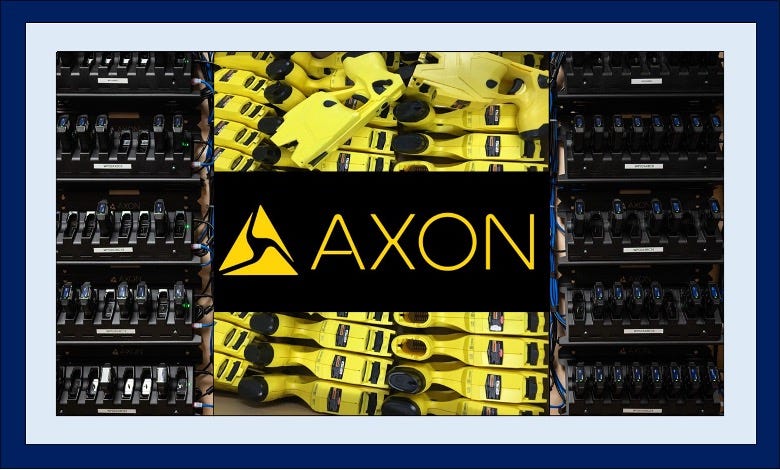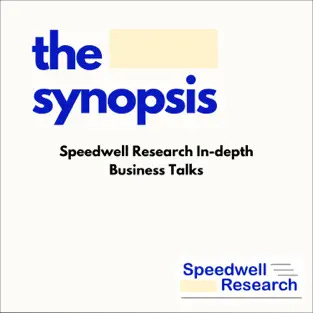Axon Deep Dive
Announcing the Release of our Axon Research Report
Welcome to Speedwell Research’s Newsletter. We write about business and investing. Our paid research product can be found at SpeedwellResearch.com. You can learn more about us here.
Members can access Speedwell’s Reports here. You can become a Speedwell Member here.
For 40 years a great idea was a failed business.
A weapon straight out of science fiction, the TASER was nothing more than a low production, rarely used police tool since its creation in 1974. It performed poorly and sold worse—that is until recent MBA graduate Rick Smith saw its vast potential.
Rick Smith took a product that struggled to gain prominence for years and turned it into a basic—and widely known—tool of policing. No longer would police have to struggle with the medieval decision to either beat or shoot an assailant; they had a new option that would electrically incapacitate subjects, while greatly reducing the risk they incurred lasting harm.
But the electricity weapon drew hundreds of lawsuits that alleged police misuse. Instead of enduring endless adjudication that dragged officers to court and pitted their words against potential criminals, Rick Smith added a video camera to the TASER.
This solved not only their litigation problem as lawsuits were often quickly dismissed, but gave them an idea for a new business: the body cam. However, instead of lobbing out a commoditized piece of hardware, Rick Smith looked to Apple to model their new hardware endeavor. They focused extensively on the software to make sure it seamlessly integrated with their device ecosystem.
Whereas competitor cameras created work for officers, Axon eliminated it.
Seeing how quickly a police departments video content would grow, and how unwieldy it was to manage it with traditional on-prem systems, they pioneered the push to the cloud and created Evidence.com, their own cloud-based platform.
From there they continued to add new software tools to become more than a records management platform, and well on their way to becoming the backbone of police departments’ IT stack.
From TASERS to cameras to video management and a cloud platform, Rick Smith has moved Axon from a single product that police used once every couple years to an entire hardware and software ecosystem and platform that police rely on everyday. Their revenues have grown from just $3mn in 2000 to almost ~$2bn today. And opportunities are still abound with drones, VR, and AI just starting to be incorporated into the Axon ecosystem.
But with relationships with over 17k of the 18k U.S. law enforcement agencies, growth will increasingly have to come from new markets and new products. And while they were early to the U.S. market, competitors had time to regroup and are aggressively pursuing the international opportunity, which has no dominant provider. While Axon has had much topline success, will their “mature margins” prove illusory with profitability a fraction of what is expected? Whereas for much of their history they were an underdog, now the question is, will they be able to meet and exceed everyone’s increasing expectations?
Read our 75-page report on law enforcement technology leader Axon to answer this and much more!
Speedwell Members can access the Axon report here, as well as our growing library of our research report!
(Please reach out to info@speedwellresearch.com if you have any issues or need to speak to us to become an approved vendor in order to expense the membership).
The Synopsis Podcast.
We will be releasing a company episode just on Axon in the future. Follow our Podcast below to make sure you get it when it is released!
Axon Enterprises Table of Contents
Founding History
Business History
Finding Product Market Fit
Pioneering a New Industry
Policing Paradigm Shift
Business
Industry
Competition
Why Axon Wins
ROIC, Capital Allocation, & Incentives
Valuation
Risks
Summary Model
Conclusion
Become a member today for access to our Axon Report as well as many others!





